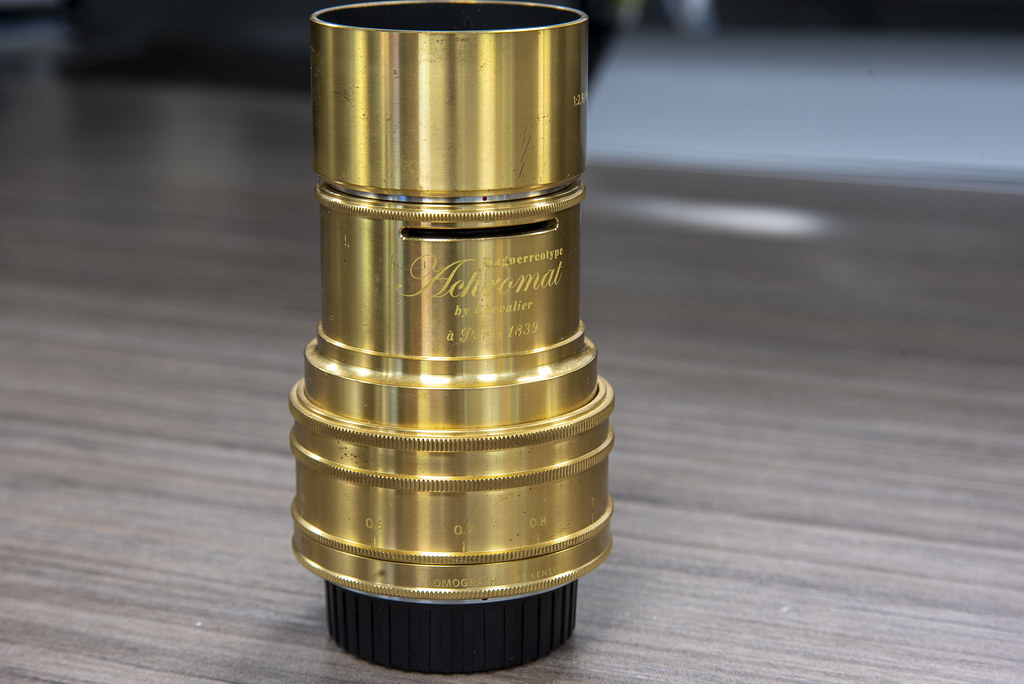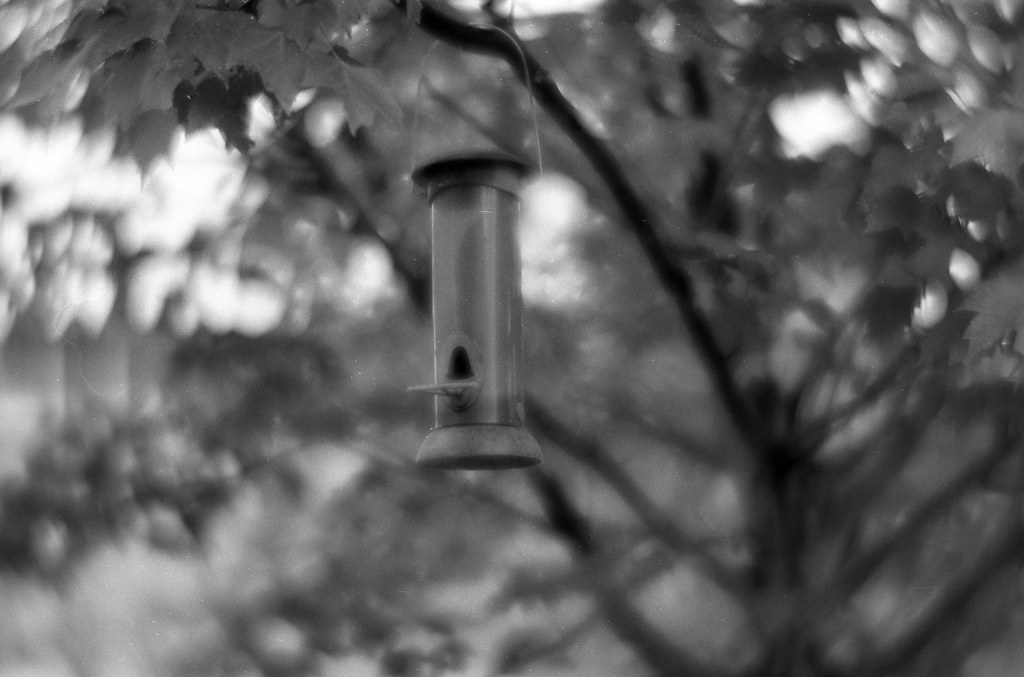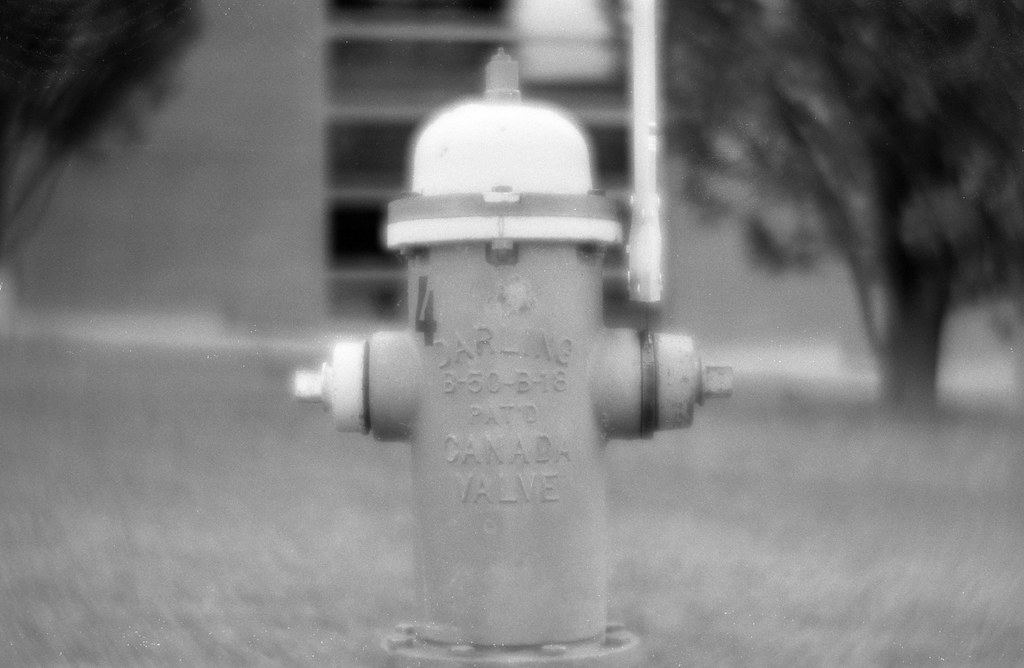We’re used to modern multi-element, multi-group lenses regarding optics. But it hasn’t always been that way; some of the earliest cameras used only a single element. But this often caused quality issues, so adding a second element limited the effects of chromatic and spherical aberration. The earliest applications of these Achromat lenses were in telescopes that trace back to the 18th Century. But Charles Chevalier’s (a noted name in early photographic optics) creation of his Daguerrotype Achromat lens changed the face of photography in those pioneering days. While Chevalier’s lenses are still sought by modern wet and dry plate photographers for us who shoot film, Lomography brings that classic optic to a small scale. This lens is certainly a unique addition to my tool kit and one I don’t bring out that often but the one thing that the lens does bring is fun and old-school look.

Lens Specifications
Make: Lomography
Model: Daguerreotype Achromat 64mm f/2.9
Focal Length: 64mm
Focal Range: ∞ – 0.5m
Aperture: f/2.9 – f/16
Structure: 2 Elements in 1 Group

Nikon D750 – Lomography Daguerreotype Achromat 64mm f/2.9
Build Quality
Despite the simplicity of the optical construction, the lens itself is a beast. It’s big, heavy, and stands out, especially if you have the brass/gold copy. Lomography did produce silver and black versions, so if you’re looking for something more in line with the look of modern cameras, those might be better choices. The lens does throw off the centre of gravity on smaller cameras, on the small-body Nikon SLRs (FM, FE, FA etc.) and certainly when adapted to my Sony a6000. On the F5 and D750, it certainly does add weight but doesn’t throw off the centre of gravity. The lens itself is entirely built of metal from end to end, which may come as a surprise from Lomography. But they do have a small market for premium products. The lens comes with an integrated lens hood attached via a bayonet mount. One downside is that the filter mount is small, 40.5mm, which is a difficult size to find. While most original copies of this type of lens are designed for use on large format cameras, which use bellows for focusing. The lens has a standard focusing helical, which is a bit stiff to use when focusing; this certainly isn’t one you can sprint. Another thing that might confuse users is the aperture. The lens does not have integrated aperture control; it uses Waterhouse stops, metal pieces that slide into a slot on the lens barrel between the two optics. This does mean you need to carry these stops around with you, and they are easily lost. I fixed this by taking them around in a separate bag. You have perfectly round apertures and options for some creative control and shapes on the plus side. Their lens offerings are well made for a product from Lomography, which is notorious for producing plastic cameras and carrying that premium price point.

Nikon D750 – Lomography Daguerreotype Achromat 64mm f/2.9
Nikon D750 – Lomography Daguerreotype Achromat 64mm f/2.9
Nikon D750 – Lomography Daguerreotype Achromat 64mm f/2.9
Nikon D750 – Lomography Daguerreotype Achromat 64mm f/2.9
Nikon D750 – Lomography Daguerreotype Achromat 64mm f/2.9
Image Quality
If you’re looking for top quality at every aperture, this will not be the lens you want to take. But if you shoot this lens right, you can get some rather interesting results that do not look like the rendering you get from modern optics. Because of this, you will need to stop the lens down to at least f/5.6 before you get any real sharpness in the subject you’re focused on, and then you get f/8, where there’s the best balance between background rendering and subject sharpness. You also have to consider subject placement; you want your subject centred in your composition for the best results. The lens performs the best because it does have a heavy fall-off in the corners even after you start stopping the lens down. There is a bit of distortion when you’re focused in close, which might not be too flattering on portrait work, so you’ll want to keep the focal distances between 5 feet to about 2 feet to avoid any significant distortion on your lines. But you didn’t come to this lens for sharpness or straight lines; you came for one thing only, the unique out of focus rendering. And this lens certainly is a bokeh monster and is the real reason portraits shot on this lens are so engaging. The out-of-focus rendering presents a sweet swirl. But not always; while mainly present at f/2.9, you still see it with better subject focus at f/4. You’ll want to get the sweet spot on focusing, five feet minimum. But you’ll also need a reasonably busy background to help bring that swirl out; the lens needs something to render. When it comes to the unique effect stops, these are interesting because you need points of light in the background to show off what they can do. Then you get fun patterns, such as hearts, stars, and snowflakes, which can amp up your holiday portraits.





Applications
The biggest question with lenses like the Daguerreotype Achromat is what you use them for? The most significant use I’ve found is at historical events when I want to give my photos something extra. I used the lens twice last year during my 52-roll project, the first time to help isolate subjects in Milton’s two historical cemeteries and the second time during a Great War event at Toronto’s Fort YorkThe lens’s main applications is for portrait work, primarily when you work with the lens at the largest aperture, f/2.9 (either using the Waterhouse stop or using no stop at all). You’ll get that desirable out-of-focus rendering if you focus on that sweet spot. It makes your portraits soft and dreamy and gives that classic look you find in wet plate images. But you shouldn’t only shoot this lens wide open; it gets good sharp photos once you start to stop it. Plus, having those unique effect stops makes for even more creative potential. And not only with film, but digital as well. Mounting and adapting the lens to various digital cameras (my D750 and a6000) opens up new options.





The Low Down
This is not a lens for everyone; they don’t deliver the quality you expect from a modern lens. These are lenses designed to produce classic results from the earliest days of photography. These are lenses best suited for experimental photographers and portrait photographers looking for something different. There are plenty of creative options with a range of Waterhouse stops to make your images extra. While Lomography is known for plastic fantastic, these art lenses are quality products. And because of that, they come at a cost; the base model lenses cost 419$, with the premium finishes being closer to 470$. And you’ll want to buy new directly from Lomography because the prices are above the cost of a new lens on the secondary market. But if you’re looking for something that gives a fun and unique look to your images, this might be a lens that will fit into your kit.

Further Reading
Don’t just take my view on the Achromat 64/2.9; check out these other reviews.
Casual Photophile – Daguerrotype Achromat 2.9/64 Art Review
PCMag – Lomography Daguerrotype Achromat 2.9/64 Art Review
GStyle Magazine – The Lomography Daguerreotype Achromat 2.9/64 – The Golden Eye Gun of Camera Lenses